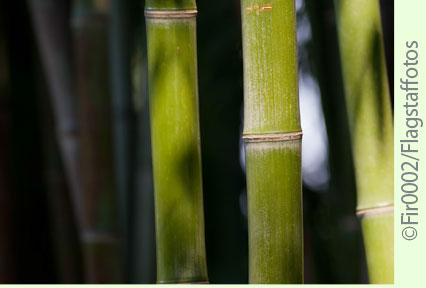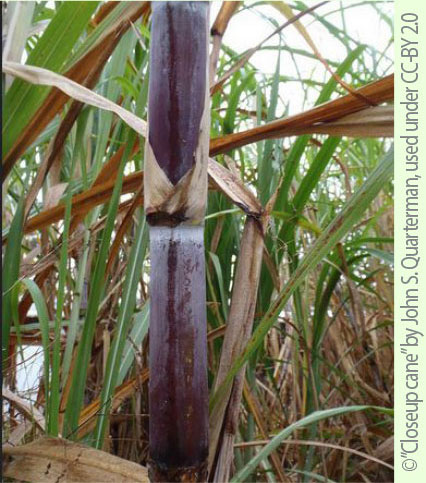|
 |
|
 |
|
 |
|
 |
| |
|
|

More and more companies are offering tree-free, eco-friendly alternatives to regular toilet paper as well as napkins, paper towels, and other tissue paper products. Many of these eco-conscious companies also choose not to use chlorine, a toxic chemical used to bleach paper that pollutes the environment and can cause cancer.
If we all switched to using tree-free toilet paper and other tissue products,
we could:
-
Stop the deforestation of an estimated 99 million trees annually
- Reduce global warming
- Save tons of water used for manufacturing
- Save energy used for manufacturing
- Reduce the pollution of our air and waterways (rivers, lakes, oceans, etc.)
- Preserve the habitats of countless plant and animal species, not to mention our own!
Did you know?
Toilet paper alone
destroys 27,000
trees per day
globally!
Ordinary toilet paper
contains mercury,
dioxin, BPA, and
BPS, which are
chemicals associated
with environmental
pollution and health
problems such as
cancer.
Tree-free toilet paper can be made with different materials. Often, it’s a combination of sugarcane
bagasse (the fibrous byproduct left after extracting the sugar) and bamboo, which happens to
create some of the best paper on the market because it’s:
- Soft - softer than most recycled paper products
- Strong - bamboo and sugarcane fibers are both very strong
- Biodegradable - bamboo and sugarcane fibers quickly decompose
back into the earth
- Sustainable & rapidly growable - both bamboo and sugarcane are
grasses and grow fast: bamboo can grow 100 inches per month, sugarcane
grows 12 inches per month, whereas timber grows only 2 inches per
month; bamboo doesn’t need to be replanted as the cut stem grows back
in a few months
- Virgin fibers - bamboo and sugarcane products don’t require heavy
bleaching of inks and dyes as recycled paper products do
- Eco - sugarcane bagasse is widely available but in many cases discarded
and burned, releasing pollutants into the air. So using sugarcane bagasse
for paper prevents wasting and burning.

 Bamboo (above)
Bamboo (above)
and sugarcane stalks
Some companies, such as Nimbus Eco, state that they grow the bamboo and sugarcane on farms and
harvest by hand, thus reducing waste and carbon emissions. One award-winning manufacturer in
China, Tralin, uses straw from harvested grain crops, which would otherwise
be discarded.
Supreme Master Ching Hai said that in the future, we can certainly make use of gardening and pruning leftovers or cut grass or wheat, etc., instead of burning them.
Going tree-free is surely better for the environment (and our health, too)!
Here are some of the companies we know that offer treeless paper products.
Feel free to look for more in your local area.
Shandong Tralin Group (China)
http://en.tralin.com
Made with: straw pulp
Unbleached | Caboo (Canada and USA)
www.caboopaper.com
Made with: sugarcane bagasse and bamboo
Use hydrogen peroxide, a non-chlorine bleach | Kcrown Green Choice (Australia)
www.kcrown.com.au/green_choice.html
Made with: sugarcane bagasse and bamboo
Use of chlorine is unknown | Nimbus Eco (available on Amazon.com)
www.nimbuseco.com
Made with: sugarcane bagasse and bamboo
Chlorine-free bleaching |
Ology (USA; sold only at Walgreens stores)
www.walgreens.com/q/ology
Made with: sugarcane bagasse and bamboo
Use hydrogen peroxide, a non-chlorine bleach | Green2 (USA and Canada)
www.truegreen2.com
Made with: sugarcane bagasse and bamboo
Use hydrogen peroxide, a non-chlorine bleach |
Kora (available on Amazon.com)
http://korabrand.com
Made with: bamboo
Chlorine-free bleaching | Green Soft - Saved a Tree (Australia)
www.savedatree.com.au
Made with: bamboo, straw, reed, cotton
Use of chlorine is unknown |
| …. Plus more! |
| Bleaching Terms to Know |
TCF (Total Chlorine Free)
No chlorine or related compounds
were used.
Common TCF bleach:
hydrogen peroxide. | PCF (Process Chlorine Free)
Recycled paper that was rebleached without any chlorine; however, the original paper may have been bleached with chlorine. | ECF (Elemental Chlorine Free)
Although no chlorine gas was used, chlorine-related compounds were used, reducing but not fully eliminating toxins like dioxin. |
We thank Supreme Master Ching Hai for advising us to share this information and for encouraging us
through her Message on Eco-Alternatives to Using Paper (click here to read).
May we all do our part to protect the precious planet and make it a more livable, beautiful home
for future generations!
Please repost this to further share the message.  Download Download
Download more languages pdf  |
|
|
|
|
|
|
|
|
 |
|
 |
|
|
 |
|
 |
|
|
|
|

